Apples have many known from early childhood. And this is not surprising. After all, the benefits of these fruits is huge. To date, there is simply a huge number of different varieties of apples. In particular, there are autumn, winter and summer species of this garden culture. At the same time, depending on the variety, the painting of fruits can be green, bright yellow, pale yellow, light red, bright red and brown. More different types of apples can have a different taste and aroma. The useful composition of fruits can also be different. Some of them contain more iron or sugars, in others - a lot of vitamin C. From this we can conclude that the choice of a variety of culture for disembarking can be a difficult task. In this article, tell me how to simplify it. Further, we will discuss the reproduction and vaccination of the apple tree to improve the quality of culture and the beneficial properties of the fruit.
Characteristics and varieties of culture
Apples are about 75% consisting of water, by 13% of carbohydrates, by 9% of organic acids, and 1.5% of fats and proteins. At the same time, 100 grams of fruits account for approximately 44-46 kilocalories. By the way, due to the low content of fats and low calorie content, apples are present as the main ingredient in many diets. In addition, the large amount of fiber contained in the fruits contributes to active saturation, and at the same time help clean the intestines from harmful substances.
Nutritionists believe that you need to eat at least 55 kg of apples per year. Thanks to this, a person gets all the necessary, useful substances. By the way, it is believed that the more apples a person eating, the better the body will absorb useful substances, such as proteins.
The apple tree is one of the most fruitful crops who are known to man. In addition, it is unpretentious to the climate, which allows you to grow it almost anywhere. Many existing varieties of apples can be kept all winter and even spring. Therefore, it is precisely the fruits of this tree that can be the source of vitamins that are so lacking at this time. True, not all varieties can be so stored. In general, you need to know that each type of apples has its own characteristics, it, in particular, affects their qualitative characteristics. Protection against external influences provides a wax raid, which is available on some types of fruits.
To date, there are about 6.5 thousand sorts of apples. Therefore, it is impossible to say which of them best to plant in the country area. It is recommended to choose a variety of seedlings for landing on your taste. Each view has its own set of useful properties. For example, in Antonovka and white, there is a lot of pectin, but green varieties, for example, Grennie Smith are useful vitamin C and acids.
Apple varieties are accepted to divide according to the degree of softenness, i.e. time when the tree enters into the period of fruiting from the moment of its landing. So, from early varieties, the first harvest can already be obtained for 4-6 years, from the apples of medium-sized varieties - for 6-7 years after landing, and the late flight will bring the first fruits only for 8-11 years.
By time of ripening, culture is made to divide on summer, autumn and winter varieties. The first of them usually ripen in mid-July or at the end of August. These culture varieties require careful circulation. At the same time, they are very tender and juicy. Autumnal types of apples usually ripen from early August to mid-September. After the collection, they are still ripened for 14-20 days. Good desserts are preparing from these apples. In addition, it can get a good raw material for home billets. Of these, jam, marmalade, juices, puree are boiled. As for winter varieties of culture, they usually ripen only at the end of September and in early October. These apples are best stored in the latest form. In general, the taste characteristics of the fruits and the yield of trees depend largely on how a person cared for an apple tree.
Vaccination of cuttings apple trees
Vaccination, in fact, is one of the ways of vegetative reproduction. Both professionals and amateur gardeners use it for artificial splicing of a part of one plant with another escape. At the same time, these cuttings can be not only from another grade of culture, but even from another type of plant. An apple tree grafting allows you to combine with it, for example, a pear branch. The result is an apple tree with a branch that brings the fruit of the pear-shaped form. To taste, they practically will not differ from the pear. Thus, with just one tree you can get several types of fruits. It is also possible to hold one or more other varieties of apples to the tree, as well as for obtaining decorative trees.
To correctly instill an apple tree, you should remember several important rules:
- So, instilling only related trees. For example, today it is possible to cross the cuttings of an apple tree of cultural varieties with wild crops. Parts of cultural varieties can be vaccinated on wild apple trees and vegetative subtests. For adult trees without much difficulty, it is possible to instill a cutlery from the apple trees of other varieties.
- Also, remember that in order for the dive to take root, the layers of the flow and the lead must come into contact with each other. Experience shows that the vaccination allows you to rejuvenate an apple tree, which significantly extends the life of the tree. In addition, the lead will make it possible to get fruit on a tree having another, improved taste.
It should be noted the advantages that giving an apple tree in the spring:
- For example, it helps cut the period during which the first fruits can be obtained.
- In addition, it allows you to get the fruits of a new variety.
- Due to the vaccination, you can change the appearance of the apple tree itself, while increasing the strength of its crown.
- If the grade is poorly rooted, then part of the root can be instilled. In addition, this will increase the strength of the cuttings.
On an apple tree, as well as on many other fruit trees, mechanical damage often arise due to the action of rodents or burning the rays of the sun. In the presence of such defects, it can be instilled with an apple tree to stimulate healing. In this case, the vaccination is aimed at strengthening the activities of damaged Cambia (educational tissue). At the same time, the healing helps the nutrients that are contained in the cable. It is best to put an apple tree, like other trees, in the spring. The optimal period is the April-May.
The intact branches of adult apple trees are rewriting until their age reaches 24 years. Younger trees over the age of 10 are gradually vaccinated for 1-3 years. So, in the first year, the rewrite is made only for half the branches, the second half is twisted only the next year. Apple trees younger than 10 years old can be frightened once a year.
Preparation for vaccination
The first thing to do is pick up the apple tree suitable for the apple tree. It should be prepared since the beginning of winter. It is best to cut it when the branches are at rest, i.e. Approximately after the onset of the first serious frosts. The dive is allowed to be prepared at the beginning of spring, but then it will have to be done until the kidneys are swollen. In addition, you need to prepare a well-sharpened knife and an acute garden saw. When you work, you will need a garden lubricant. As it, you can use the paint (only oil) or var values \u200b\u200bon the basis of Olifai. To perform the strapping, you will need polyethylene film.
As a collection, it is best to choose sprouts with healthy branches that are not more than one year. Escape in length should be no more than 350 mm. The top of its edge is left "on the kidney", and the lower is cut under an acute angle of oblique. In winter, harvested cuttings are best stored in the basement, falling asleep with wet sawdust or sand. If there is no basement, you can wrap them into the wet cloth and put it on the refrigerator.
From the cellar or refrigerator shoots should get a couple of days before the vaccination of apple cuttings. Then they have to warm for some time at room temperature. While the cuttings are heated, it is possible to prepare the necessary tools that you need to be sure to properly clean and disinfect. Quality is not possible without the inoculation of smooth and clean cut. Therefore, you will need a sharp knife for cutting. It will also require a clean cloth, which will need to clean the tools.
If grafted several varieties of apple trees, it would be useful to prepare for these tags with inscriptions. It is wise to collect all the tools in a box or container. So you will need to quickly find. Before starting the vaccination, you must properly wash their hands. The tool used during operation, should be kept clean. This will help to avoid of infection in the implementation of vaccination. At the time of vaccination is by no means impossible to touch the cut. If done correctly, the vaccine will be successful.
Methods of vaccination
To date, several methods widely used grafting apple cuttings:
- kopulirovki simple method. Its use is justified when the diameter of the scion and rootstock coincidence. From this we can draw a simple conclusion - it is best to use it for the young scion branches aged not more than one and a half years. At the same time made the same matching oblique slices. Shoots to each other should make as soon as possible to catch up, as long as they do not dry and not oxidized. If you delay, the worse the cuttings can grow together.
- There is a method improved kopulirovki. With it possible to more firmly fix the rootstock and the scion. For this is a longitudinal section in the form of "tongue". On the scion and the rootstock cut an incision along the axis by about a third. Thereafter, the graft is introduced into the stock gently. To prevent decay, it is not necessary to enter too deeply. If the branches have different diameters, the educational tissue (cambium) recommended on the one hand to combine tightly so that no more clearance.
- For shoots of various diameters, the method of vaccinations in split is often used. It lies in the fact that the splitting of the crossing of the cross will or across. After inserting a pair of cuttings with oblique cuts of sufficient length is inserted. It is worth noting that at the same time only one part of the camp is in contact with Cambia. Therefore, such a vaccination must be done particularly carefully.
- If you need to instill a branch of large and medium sizes, then you can use the "Corre's" method. Best of all, he shows itself during the movement of the juice. It is done as follows: the branch neatly spills in the right place, after which the slice smoothly inspires with the help of a sharp knife. There should be two or three kidneys on the cable, and at the bottom of the oblique cut. Approximately 45 mm retreat from the base. After that, the bark on the end of the cutter neatly, with the help of a sharp knife it is cut and moved. The cutlets are inserted into the bark so that the oblique slice looks in the direction of the stock. This method of vaccination does not require special skills and survival of branches after it above. Therefore, it is suitable for using beginner gardeners.
- If the vaccination "behind the Corre" is not possible for some reason, then the method of vaccinations "in lateral searches" is used. This is done simply: a pair of sections along, then they are connected together, a slant cut is made into stock. Next, it is entered into the gap on the apple tree branch. Moreover, it needs to be done so that Cambier and both parts coincide. After that, it is necessary to wait until the growth of the lead begins. When this happens, the upper part of the knife is cut off with a knife.
The above-described vaccination methods are not all. There are several less applicable ways. One of them is the vaccination apple tree shoots. This method is usually used if necessary to instill overgrowth and in the event that you need to grow a dwarf tree. Sometimes it contributes to the healing of damage on the apple tree. It is important that young annual cuttings are used. At the same time, they must have no more than four kidneys. The diameter of the escape and the basics should be the same. A long oblique cut is performed on the stock. Then the cuttings should be trimmed from one side using a secaterator, from the other part make the same slice as on the bottom. After that, the bias and dive are connected.
From rare methods should also be highlighted by the vaccination "Sleeping Eye". This is one of the easiest ways to give. Therefore, they can use novice gardeners and lovers. It should be noted a greater probability of kidney survival. In this way, you can even put wild apple trees. It is rarely used method of vaccination in the form of T-shaped outbreak. In this case, based on the T-shaped incision, which is inserted with the lead.
Caring for a grafted tree
- The platform cannot be left unattended. It requires the right care. To protect the stalk closure zone from pests and drying, it is necessary to carefully tie up this area with a plastic film.
- Also, the place of the lead must be protected from moisture penetration. For that purpose, it is usually treated with a garden boiler. In addition, this solution is also applied to the surface of the film.
- Some garter garters take a simple isolate, which cannot be called correct. After all, it will interfere with the blows of the lead and stock. In addition, it will prevent the normal development of Callus.
- The vaccination location cannot be turned into a plastic bag, which will create the effect of the greenhouse, which will accelerate the dissolution of the kidneys, and this can lead to the death of the lead.
- To provide a trick reliable emphasis, it is recommended to insert it to the top of the branch. This will avoid damage to the lead in the ripening of fruits.
- To birds do not sit on a recently vaccinated branch and thus did not break it, hang on it with a bright tape, which will scare up unworn flying guests.
Why it is worth growing apples
Apple tree is indispensable at any summer area. All due to the fact that the fruits that grow on this tree are very helpful. In juicy apples there are almost all group vitamins of B. In addition, they contain vitamin A, C, E, N, K and RR. There is still in the fruits of iron, which is simply necessary for the circulatory system. Potassium contained in apples makes them useful for the heart muscle. In addition, the fruits are rich in calcium, which is needed for the health of bones and teeth. For a normal learning, the calcium requires phosphorus, which is also available as part of apples. The apples also have magnesium, sodium, zinc, fluorine and iodine. It is noteworthy that even with long-term storage of fruits, useful substances are preserved in them. Losses, of course, are available, but they are very minor.
In the fruits of the apple tree in sufficient quantities contain important acids - lemon, apple and wine. Together with tanning substances, they can help stop the processes of fermentation and rotting in the intestine. As the prevention of various disorders, the GTS is recommended to eat every day in the morning of 1-2 fetus. Due to the fact that flavonoids and polyphenols are contained in apples, this product is a strong natural antioxidant. In addition, these substances help strengthen immunity and are a means of preventing premature aging of the body. Apples are just an indispensable product for patients and weakened people. They have a disinfecting effect, effectively purify the body from slags and toxins.
Despite all the benefits, apples naturally exist their contraindications. And they are usually individual for each person. In particular, with caution, you need to use these fruits to people who have a tendency to allergies and those who suffer from diabetes. In addition, frequent use of fresh apples can affect negatively at the state of dental enamel.

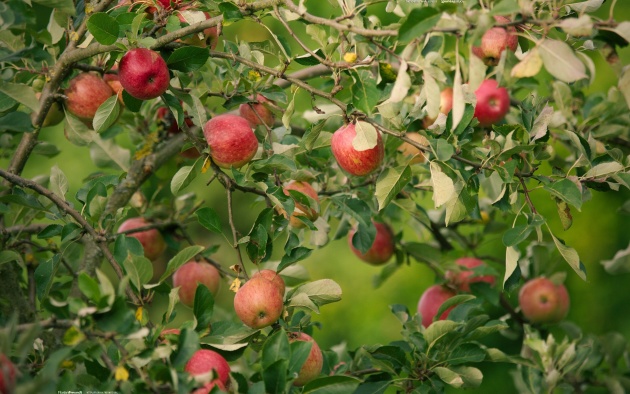
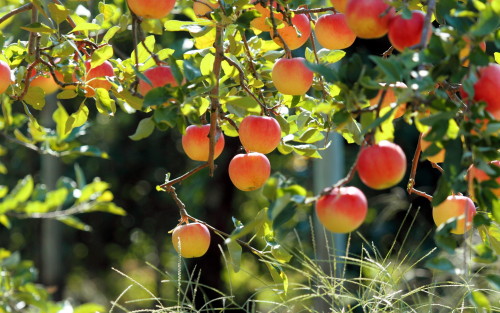
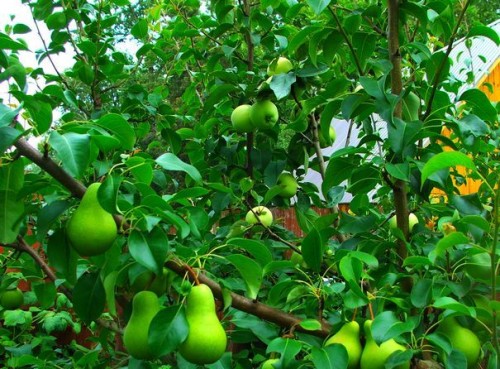
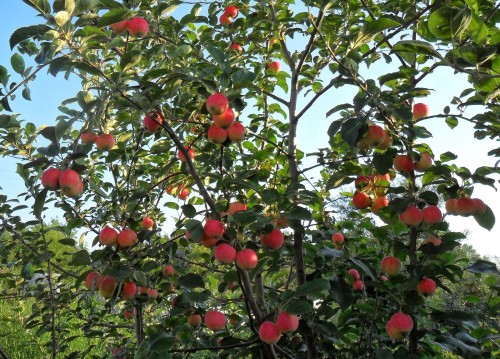
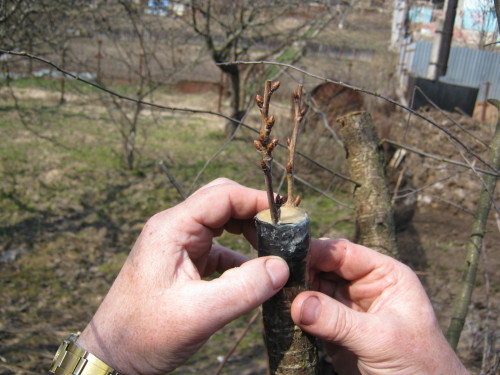
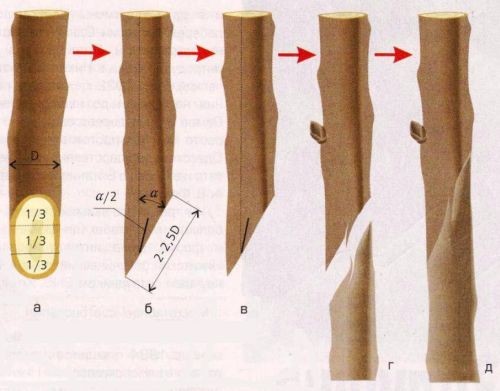
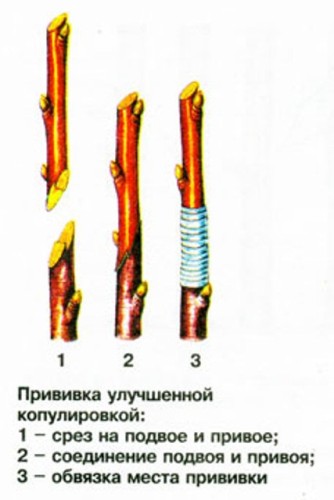
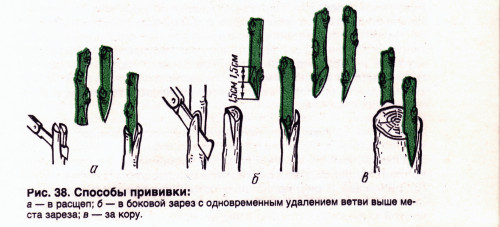
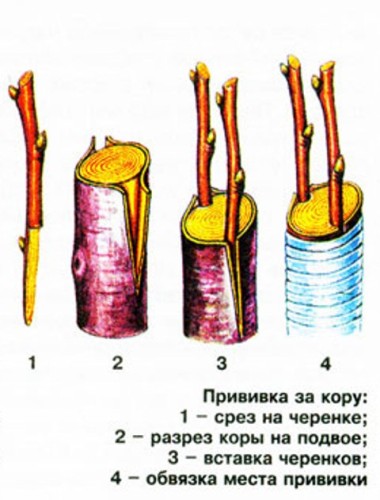
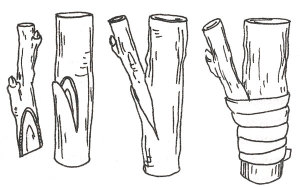
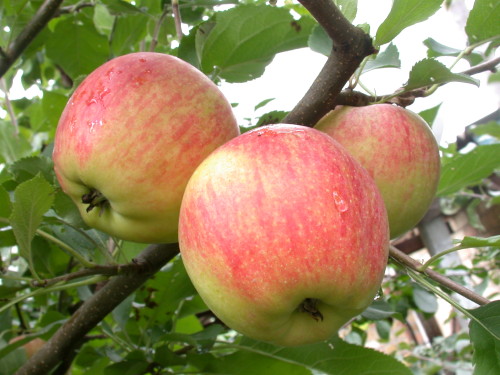












 Start a discussion ...
Start a discussion ...